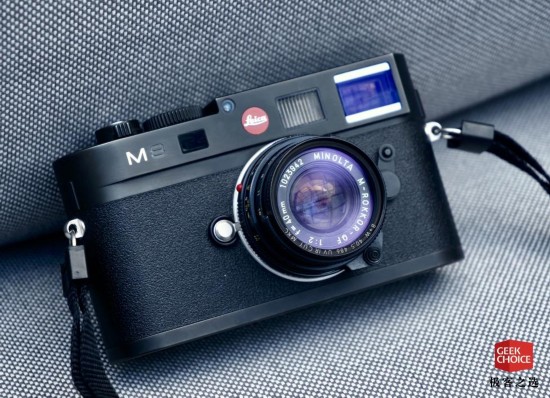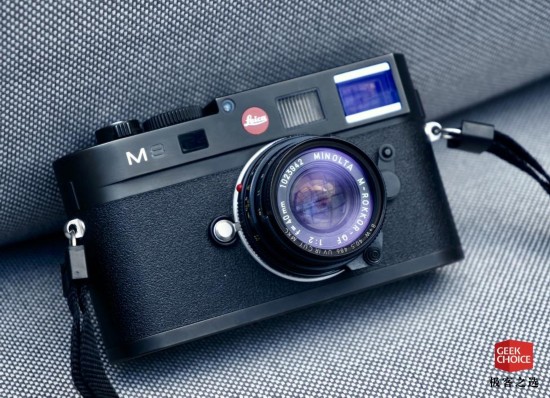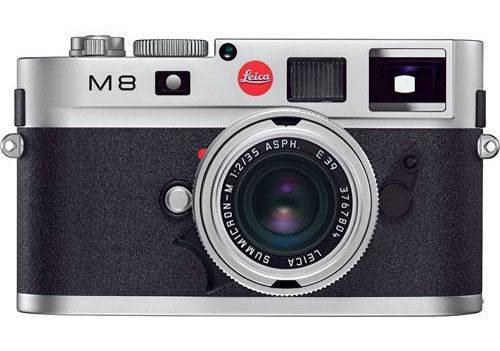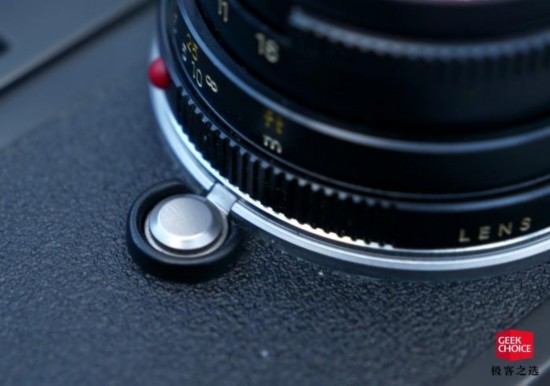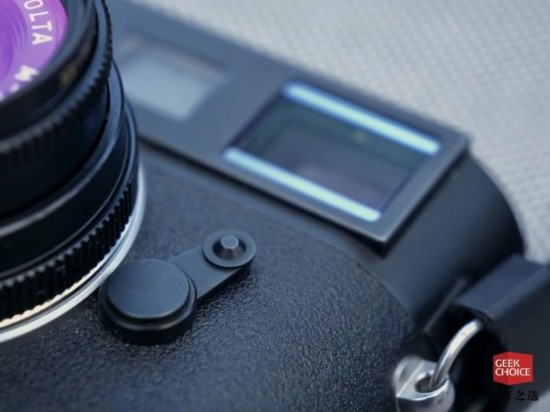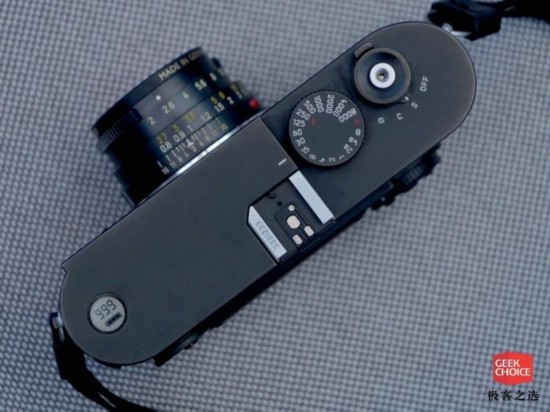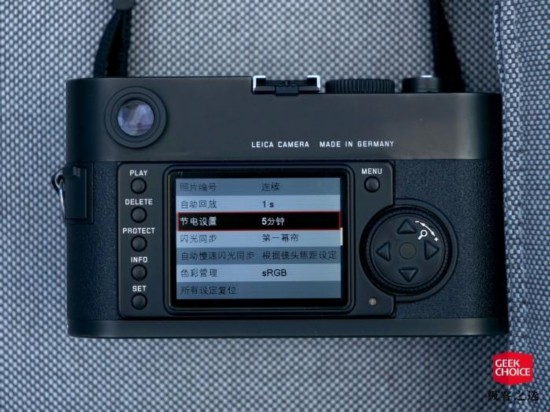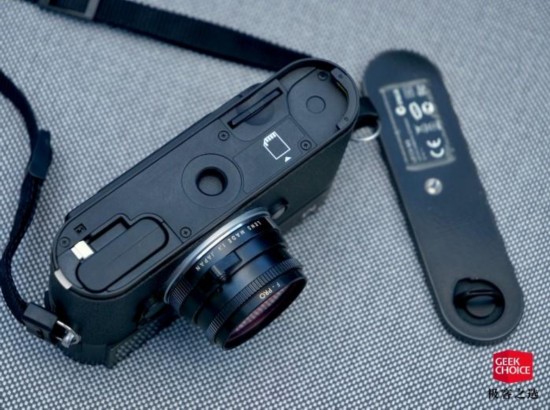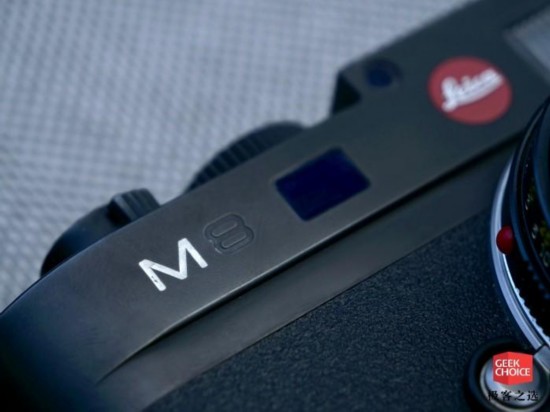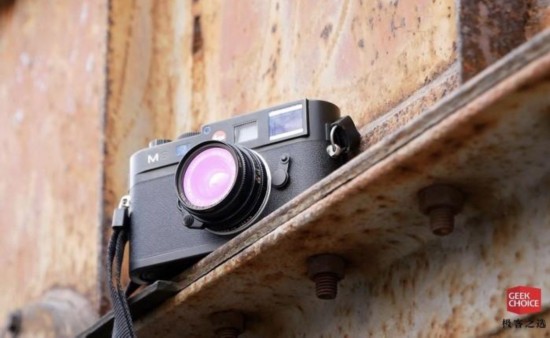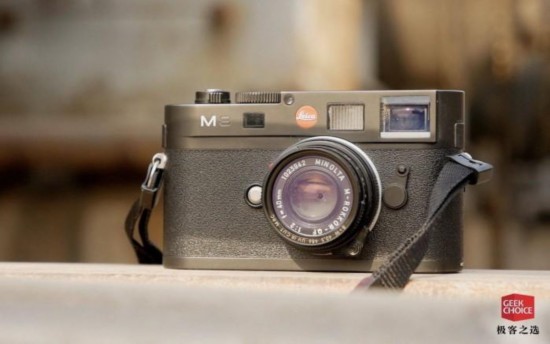CCTV reporters visited the villages most affected by the earthquake, and 155 million yuan of central disaster relief funds were allocated.
CCTV News:At 10: 31 am on September 8, an earthquake of magnitude 5.9 occurred in Mojiang County, Pu ‘er City, Yunnan Province, with a focal depth of 11 kilometers. At the time of the earthquake, Mojiang County and the epicenter Tongguan Town felt a strong earthquake, and many citizens ran from indoors to outdoors for the first time to avoid shock.
According to the report of the Seismological Bureau of Yunnan Province, the felt area of the earthquake reached more than 30,000 square kilometers, involving Pu ‘er, Kunming, Banna, Lincang, Honghe, Chuxiong, Yuxi and other cities.

The earthquake relief headquarters held a press conference
Early this morning, Yunnan Mojiang Earthquake Relief Headquarters held a press conference. According to the report of Pu ‘er Municipal Government, the 5.9 earthquake caused 24,824 people in 168 villages in 15 towns and villages in Mojiang to be affected to varying degrees, including 28 villages in 3 towns and villages.
Nearly 30,000 houses were damaged, including 149 collapsed houses and 15,140 severely damaged houses. As of 11: 00 last night, 25 people were injured in Mojiang County, Pu ‘er City, and one person was injured in Yuanjiang County, Yuxi City. Seven of them were hospitalized for observation, and their lives were not in danger. At present, 4,964 people have been transferred and resettled. The specific disaster situation is under further investigation and verification.
In addition, after the earthquake, a working group composed of relevant personnel from Seismological Bureau of China and Emergency Management Department rushed to the scene to direct earthquake relief. Various rescue forces organized more than 1,500 people to rush to the scene to participate in earthquake relief.
CCTV reporter visited the resettlement site of Niuku Village.
Last night, CCTV reporters arrived at two villagers’ groups, Heping and Jiuchong, in Niuku Village, which suffered the most from the Mojiang 5.9 earthquake. Niuku Village is 10 kilometers away from the epicenter of the Mojiang 5.9 earthquake. After the earthquake, all the houses were damaged to varying degrees. After evaluation, the local housing construction department has shown that this place is no longer suitable for residents to live in. So these people moved all the pots and pans at home outside, and everyone moved to the resettlement site slightly below the village.
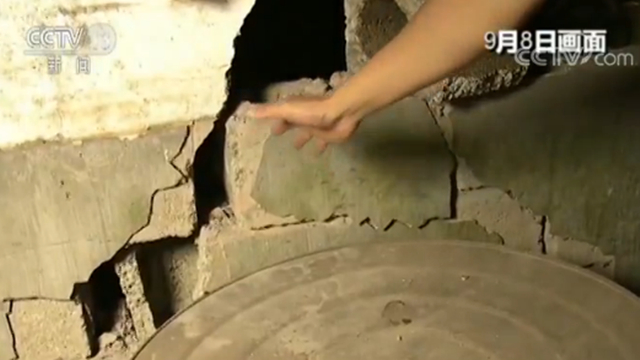
At the temporary resettlement site, the reporter saw that in addition to tents, striped cloth, bedding and other relief materials, mineral water, instant noodles and bread were also equipped, and medical personnel were also in place.

Gao Yongjian, Mayor of Tongguan Town, Mojiang County, said: "The main task of (9th) is to form a task force to clear the houses of all affected farmers to see if there is any danger. In the case of ensuring no danger, let our people go home and transfer their belongings. "
At present, the injured have been properly resettled, and the specific disaster situation is being further verified.
Six-year-old boy wit to avoid danger from danger.
At the time of the earthquake, a 6-year-old boy was at home in Mojiang County. He made a correct and quick response, quickly escaped to a safe area, protected his own safety, and then got out of danger.
The monitoring screen shows that when the earthquake happened, the boy quickly got up from the sofa and ran to the included angle area not far away. At the moment when the child just finished hiding, a ceiling fell.
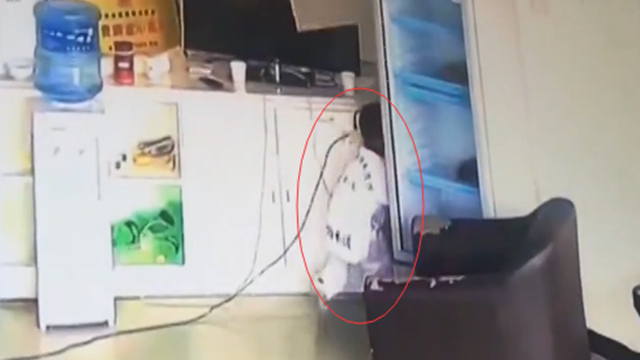
The boy said that the school will conduct emergency drills at the beginning of each year, and this time it is to avoid risks according to the situation of the drills. While affirming children’s risk-aversion behavior, experts also put forward some opinions.
Li Daogui, a senior engineer at the Seismological Bureau of Yunnan Province, said: "This (practice) is correct. The only shortcoming is that when he is hiding, he should have a hand held high to protect himself from being injured by falling objects."
According to experts, when encountering an earthquake, you should keep calm and escape calmly. In addition to drilling under the table and bed, you can also hide in the kitchen and toilet. In addition, if you are unfortunately buried by a collapsed building, you should calmly inspect the surrounding situation and consider ways to escape from danger according to local conditions. If you can’t get out of danger, save your strength and don’t blindly call for help and exercise. Pay attention to the surrounding situation quietly, find someone passing by, and attract their attention by calling for help or knocking on things in order to get out of danger.
Central Meteorological Observatory: It will be rainy in Mojiang, Yunnan today and tomorrow.
The Central Meteorological Observatory predicts that there will be showers or thunderstorms in Mojiang County today and tomorrow, with the highest temperature ranging from 26 to 27℃ and the lowest temperature around 18℃. The meteorological department reminded that the earthquake zone should pay attention to prevent the adverse effects of rainy weather on rescue and traffic.
Ministry of Finance and Emergency Management Department: allocated 155 million yuan of central disaster relief funds.
In response to the recent severe storms, floods and mudslides in Guangdong Province, Yunnan Province, Xinjiang Uygur Autonomous Region and Xinjiang Production and Construction Corps, the Ministry of Finance and the Emergency Management Department urgently allocated 155 million yuan from the central government to the relevant provinces. This fund is mainly used for the emergency relocation and resettlement of the affected people in the relevant provinces, life assistance during the transition period, restoration and reconstruction of damaged houses, and comfort of the families of the victims.
It is understood that the National Disaster Reduction Committee and the Emergency Management Department have previously launched a national level IV emergency response to severe storms, floods and mudslides in Guangdong, Yunnan, Xinjiang and other places, and sent working groups to the hardest hit areas to check the disaster situation and assist and support the disaster-stricken governments. Do a good job in disaster relief work such as emergency rescue and living security for the affected people.
